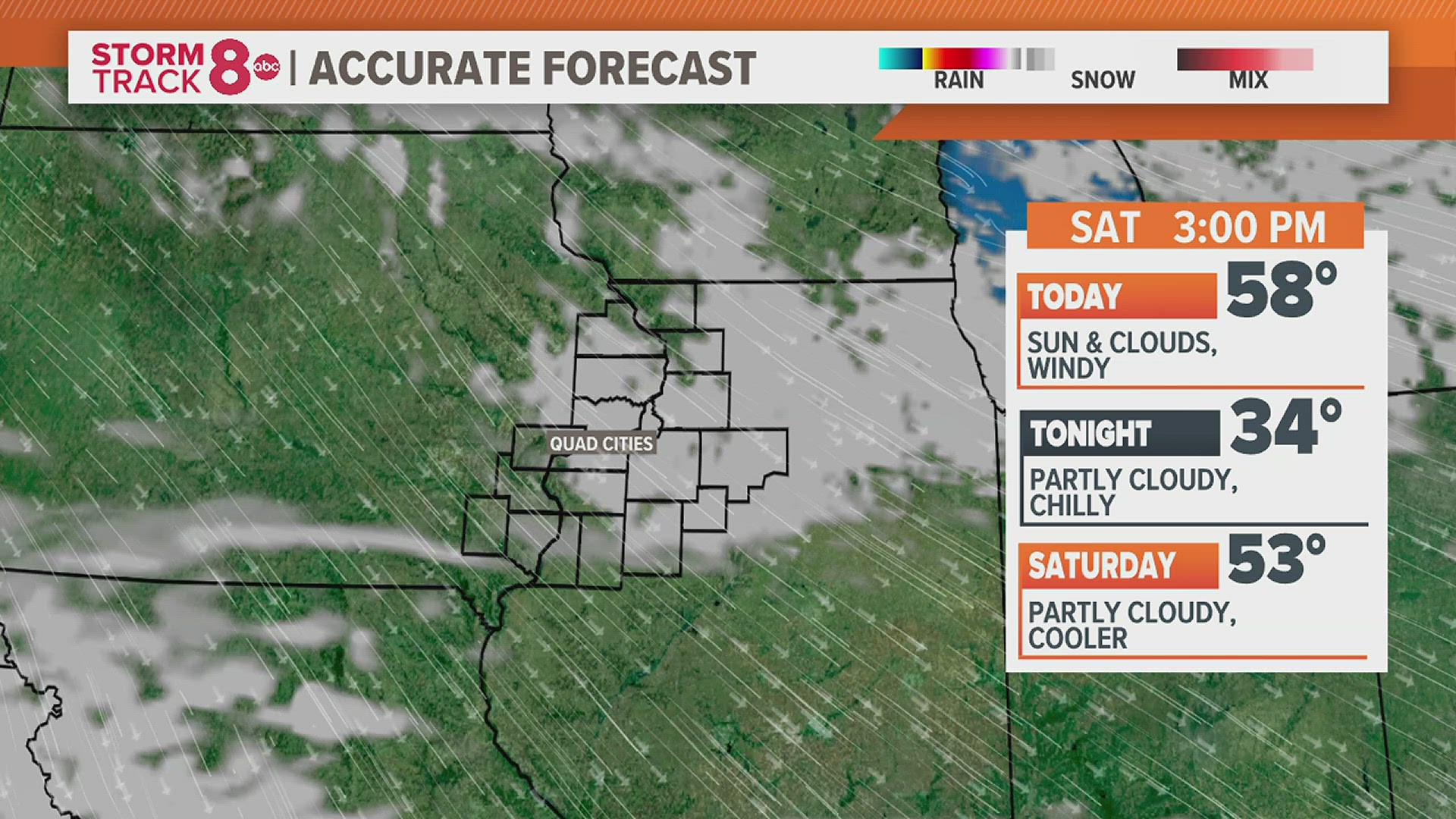As Hurricane Irma achieves category-five status this morning, it’s a good time to take a closer look at the amount of energy that is building in nature’s biggest storms.
News 8 viewer Mike Annis asks, “What would happen if you had a massive explosion in a hurricane?” In theory, that sounds like a sure-fire way of disrupting the storm. However, once you consider the shear size of a storm and the energy within it, there’s no way to tame the Earth’s most significant storms. Hurricane Irma, as a category-five is almost 400 miles from one side to the other.
According to research by NOAA’s Hurricane Research Division at the Atlantic Oceanographic and Meteorological Laboratory, there are two ways to understand a hurricane’s power. Keep in mind, the calculations below are for an average sized hurricane (which Irma is not).
1. The total energy released through cloud/rain formation. In an average hurricane, this is equivalent to 200 times the world-wide electrical generating capacity.
2. Total kinetic energy (wind energy) generated. This is equivalent to about half the world-wide electrical generating capacity.
Hurricanes are mammoth heat engines. They utilize the energy of warm ocean waters to produce incredible amounts of condensation and precipitation. As this occurs, barometric pressures decrease which causes the pressure gradient force (wind force) to increase. While that happens in the lower half of a hurricane, cold exhaust is given off into the upper levels of the atmosphere. Interestingly, this occurs in a clockwise fashion even though strong hurricanes have incredible low pressures circulating counter-clockwise at their centers.
There are only three things to decrease the size and power of hurricanes once they form.
1. Decrease the surface water temperature of the sea/ocean.
2. Increase the wind shear to disrupt the wind flow around the hurricane.
3. Introduce friction from a mountainous landmass.
-Meteorologist Eric Sorensen



